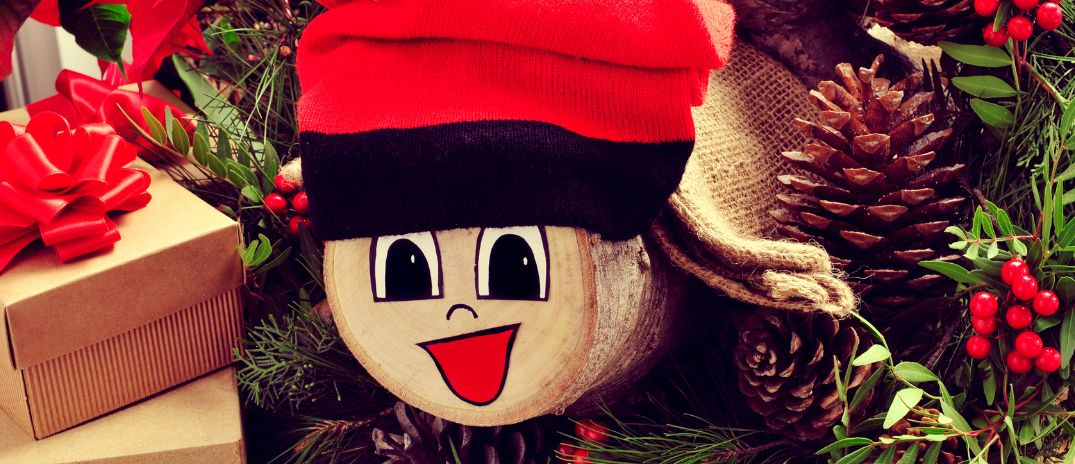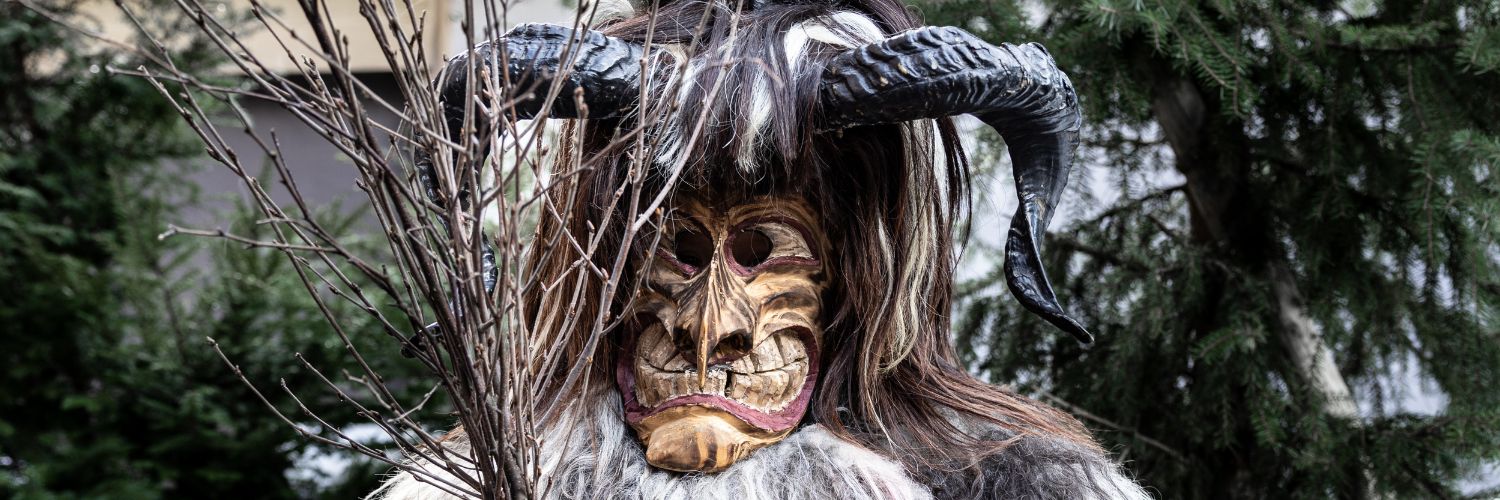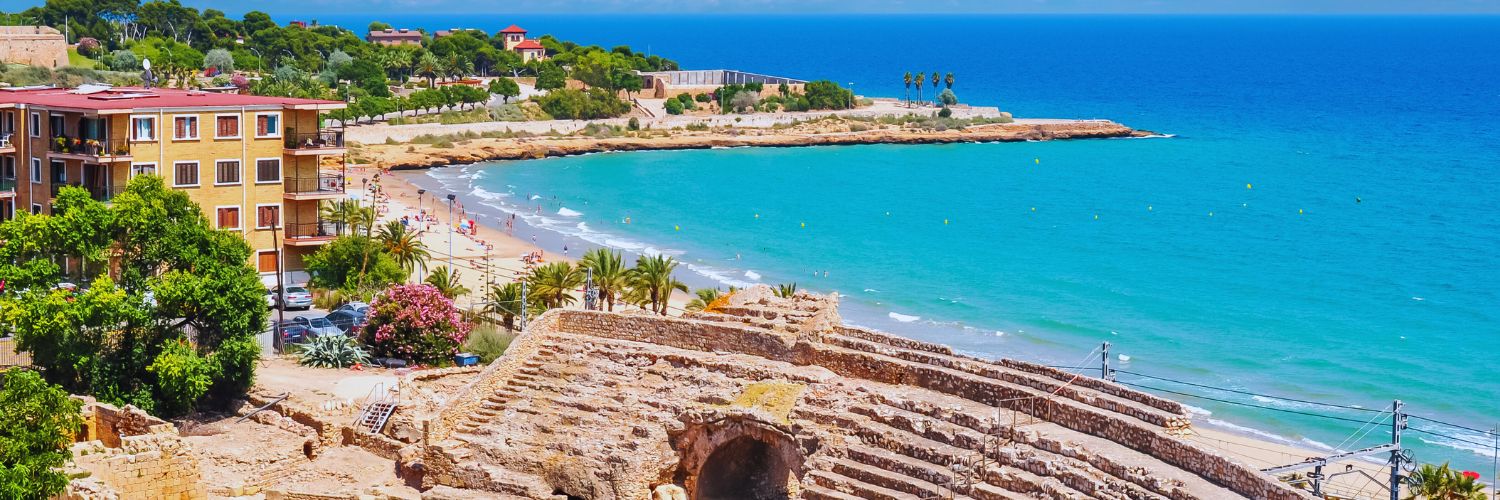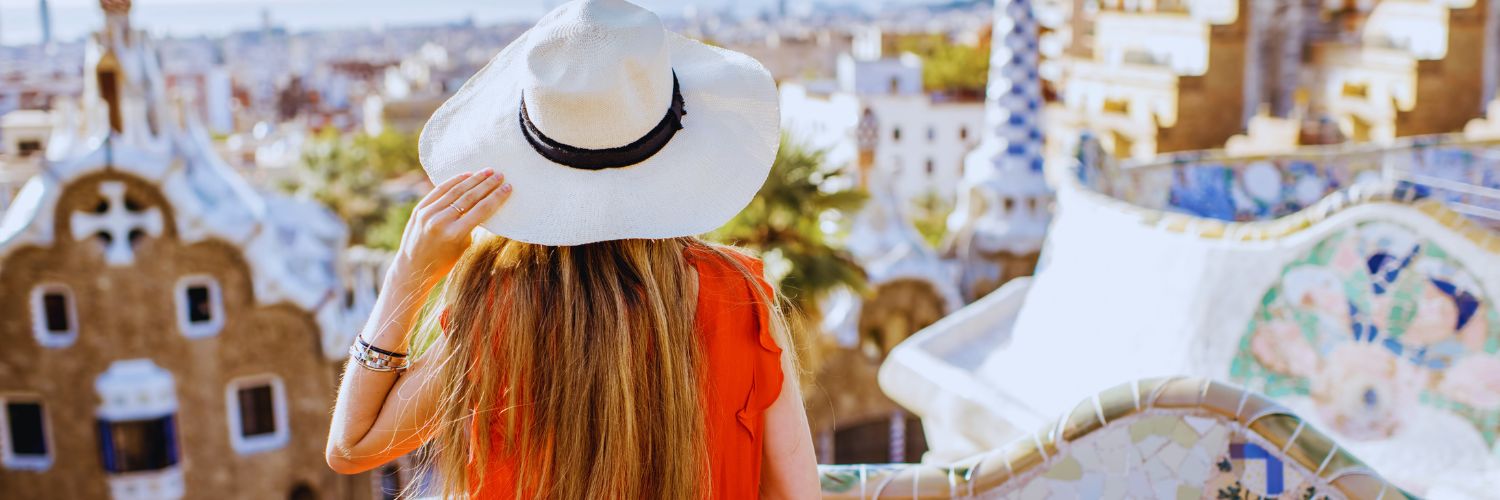As the holiday season approaches, many regions around the world prepare to celebrate in unique and wonderful ways. In Catalonia, Spain, one of the most charming and distinctive Christmas traditions is the Tío de Nadal, or "Christmas Log." This beloved cultural practice, rooted in centuries of history, adds a touch of whimsy and excitement to the festive season.
In this blog post, we will explore the fascinating history, customs, and heartwarming spirit of Tío de Nadal.
A brief history of this very special log
The Tío de Nadal, also known as the "Caga Tió," finds its origins in Catalan folklore and has been a part of the region's Christmas traditions for centuries. The name "Caga Tió" translates to "pooping log," (yes, it is 100% true but hear us out) which may sound peculiar, but this very special Yule log has a cute and charming story behind it.
The tradition dates back to the 17th century and likely evolved from earlier pagan customs related to the winter solstice and the idea of harvesting good fortune for the coming year. Over time, the Tío de Nadal became a cherished Christmas symbol, blending Christian and indigenous Catalan traditions.
The log was traditionally positioned beside the fireplace. Regrettably, this practice has waned in modern times due to the decreasing prevalence of fireplaces. Nevertheless, if we were to envision a scenario where fireplaces were still in use, the tradition would unfold as follows: families would burn the log and scatter the resulting ashes in the fields adjacent to their homes. However, in contemporary times, parents tend to preserve the log for future use.
Additionally, in accordance with tradition, the ceremony culminates with the log "expelling" symbolic items such as a head of garlic, an onion, or an egg, although this aspect of the tradition is now less frequently observed.
The custom of Tío de Nadal

The Tío de Nadal is a wooden log adorned with a cheerful painted face, donning a traditional Catalan hat known as the "barretina," and embellished with stick-like legs. The custom of this unique Yule log tradition is especially prevalent in Catalonia, and it's also observed in Andorra and certain regions of Aragon, where it's referred to as "La Tronca de Nadal," "Toza," and in Galicia as "Tizón do Nadal."
Families place it in their homes, where it becomes a delightful part of their Christmas decorations. The custom begins on the 8th of December with the Feast of the Immaculate Conception, and lasts until Christmas Eve. Children also drape a blanket over the log to ensure it stayed warm. The kinder and more caring the children are toward the log, the greater the rewards they can expect to receive.
To encourage the log to "offer" presents and sweets, children participate in a daily ritual. Each evening, they gather around the Tío de Nadal and sing traditional songs while hitting it with sticks, symbolizing the log "giving" its treasures. The lyrics of these songs are often amusing and add to the festive atmosphere. Here is an example of a common verse:
Tió, Tió, don't give sardines
Give turrons (a traditional Spanish nougat) which are much better.
Once the songs are sung and the log is thoroughly "beaten," children find small gifts, candies, and sometimes even small toys that have been hidden beneath the Tío de Nadal's blanket. The idea is to surprise and delight the youngest members of the family, fostering a sense of anticipation and wonder throughout the holiday season.
Symbolism and spirit
The Tío de Nadal is more than just a quirky Christmas tradition, it embodies the spirit of giving, togetherness, and joy that is at the heart of the holiday season. It is a charming way to engage children and bring the family closer together during a time that celebrates love and unity.
The act of hitting the log and singing traditional songs is a fun and interactive way for everyone to be part of the festive preparations, all while keeping alive some deep-rooted, centuries-old traditions. It also symbolizes a form of shared effort to bring happiness and blessings into the home.
The Tío de Nadal has been passed down through generations in Catalonia. While it might seem unusual to outsiders, it reflects the region's rich cultural heritage and the importance of family during the holiday season.
Tip: If you decide to spend some time away this December, Catalonia always awaits with great food, interesting Christmas traditions, and an open heart. Pack up your happy little family and book a stay in Vilanova i la Geltru, Catalonia, Spain in a cozy holiday park that offers a lot of opportunities for families with children including playgrounds, sports fields, and swimming pools. Who knows, you might even find Tío de Nadal waiting for you there…
In our next blog post about traditions and where to experience them during your winter holiday, we will be talking about the witch that brings presents in Italy!




